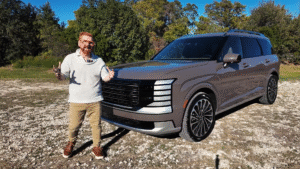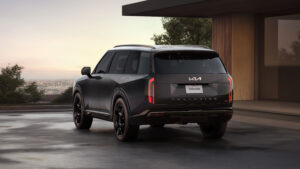The Future of EVs After the $7,500 Credit Crash

On September 30, 2025, the $7,500 federal tax credit for electric vehicles vanished. No fanfare, no final countdown. For the EV industry, this is more than a fiscal shift; it’s a signal that growth now must stand on its own. Research from Gartner Inc. notes EV shipments will grow in 2025, but subsidies won’t drive the next wave. The International Energy Agency reports that global EV production reached 17.3 million in 2024, with China accounting for much of that volume. Meanwhile, charging networks, pricing strategies, and consumer perceptions still present real hurdles. This is a now-or-never pivot for EVs in markets like the U.S.
How does it compare to rivals?
Consider the four models shaping the next chapter. The 2026 Nissan Leaf starts at about US$29,900, offers ~250 miles of range, and has newly updated battery chemistry. It’s aimed at everyday buyers, not early-adopter trophy seekers. The Volkswagen ID. Buzz arrives as a three-row electric people-carrier with ~260 miles of range, 282 hp, and a cabin styled to turn heads, though at around $60,000 it demands a premium. The Ford Mustang Mach-E GT focuses on excitement: 480 hp, 634 lb-ft torque, 0–60 ~3.6 s, range ~250 miles, and 0% financing, rather than tax credits, as Ford’s incentive. Then the Audi A6 e-tron represents tech-luxury: up to ~321 miles range, 270 kW fast charging, panoramic OLED displays, and air suspension. In effect, affordable, fun, aspirational, and premium all co-exist. Yet the real competition is no longer just EV vs EV, it’s EV vs internal combustion, used car inflows, and hybrid crossover pressure. Value and infrastructure will decide winners.
Who is this for, and who should skip it?
If you’re an urban commuter looking for an affordable electric vehicle, the Leaf makes clear sense. Minimal frills but solid value. If you’re a family needing flexibility and want a bit of flair, the ID. Buzz offers personality and utility, assuming the higher price fits. If you crave performance, the Mach-E GT delivers, but keep in mind its firm ride, higher cost per mile, and less range than some might hope. If luxury, tech sophistication, and status are your key metrics, the A6 e-tron delivers, but for a price. Conversely, if you live in a rural area without reliable fast chargers, or you’re on a tight budget where used models or hybrids dominate your choices, you might consider waiting. The subsidy era is over; the next wave demands readiness, both from buyers and infrastructure.
What is the long-term significance?
The sunset of the subsidy marks a major industry inflection point. EV adoption now has to be justified by economics, not just incentives. Automakers are pivoting: price cuts, smarter financing deals, and improved battery chemistry (less lithium, longer life) are becoming normal. Charging networks still lag, but studies show infrastructure and software (predictive routing, real-time charger status) are emerging as critical differentiators. Going forward, the roadmap includes cheaper batteries, possible solid-state breakthroughs, and charging that doesn’t feel like a gamble. In consumer terms: the message is clear, look at total cost of ownership, charging convenience and real-world performance, not just the headline range or image. For automakers: adapt fast or be left behind in a market that now demands substance over subsidy. Together, the four models here articulate a blueprint: affordability (Leaf), personality (ID. Buzz), excitement (Mach-E GT), and aspiration (A6 e-tron). The EV train is still moving; it’s just paying its own fare now.







